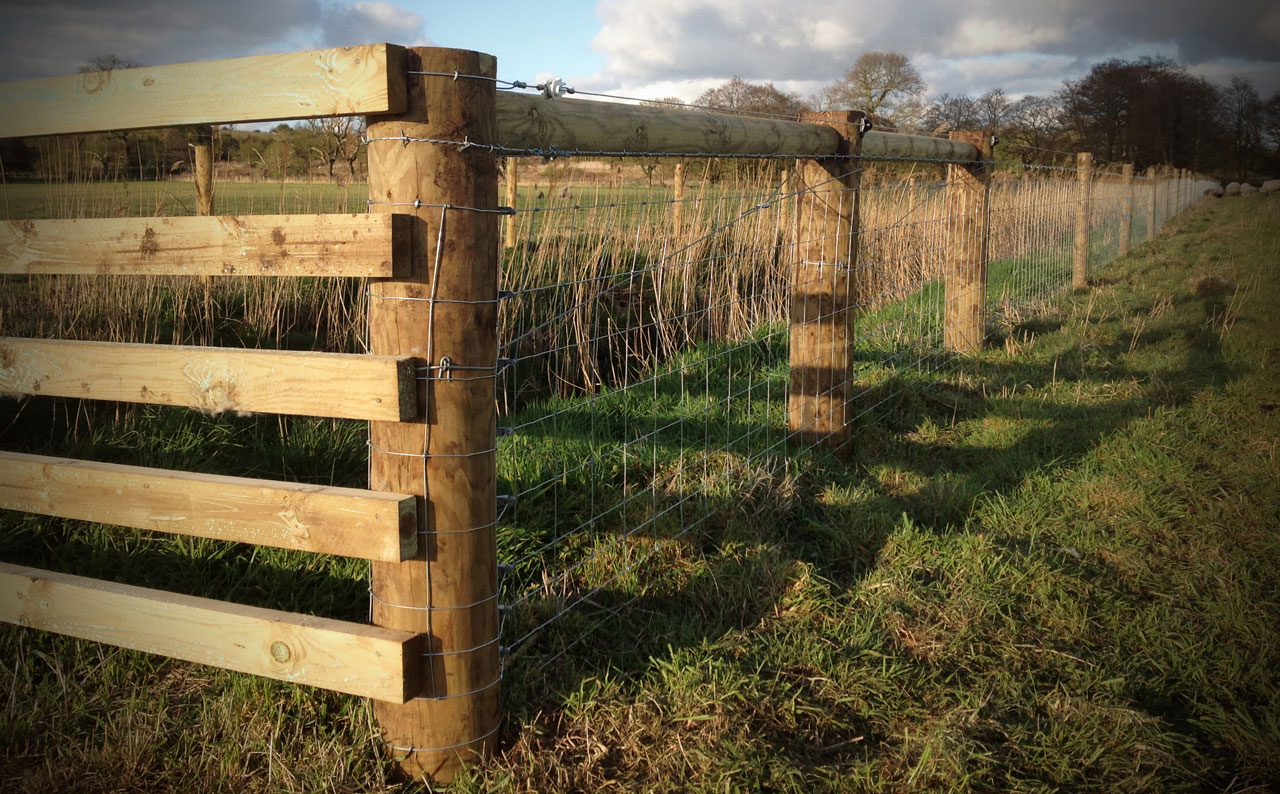Grazing systems are all important for your land management and the health of your stock. And good grazing systems need great fencing systems to keep the stock in and everyone else out.
What sort of grazing system you use depends upon a number of factors. There are three main systems, each with a number of variations surrounding it, but the system you choose will give you the amount of control you require over the management of your grazing land. Ultimately, you are looking to match the nutritional demands of the livestock with the right supply of forage.
Set Stocking
Set stocking or continuous stocking is the simplest form of grazing management. This is where the animals – sheep, cattle, ponies, goats, llamas, have access to just one area of grazing land for the whole season. This type of gazing is typically found in areas of extensive farming - such as uplands or breckland areas. While some early grass growth might be wasted under this system, it does reduce damage over the area as a whole. The continuous nature of grazing encourages a close, dense sward that is usually rich in clover. It also means that fencing costs – once the fence has been built – are kept to a minimum.
For set stocking, the best option is a well-constructed, durable fence
Paddock Grazing
Paddock grazing is where livestock are grazed on a rotational basis within a number of paddocks. This is sometimes called ‘rotational grazing’ and is a more intensive management system. It carries higher costs in fencing, water supply and access routes. Paddock grazing is often carried out on a 20-30 day cycle and allows the farmer to more accurately meet the nutritional demands of the livestock with the availability of forage.
Paddock grazing offers two major advantages to the livestock farmer: stock do not regraze the same area of land on a day-by-day basis and become susceptible to parasitic worms; and parcels of land can be put aside for hay or silage under this system.
Strip fencing
Strip grazing allows stock to be moved to fresh pasture every day. It is usually organised within a paddock grazing system and animals are controlled by an electric fence. This system is often used when there is excess forage available, such as cover tops that are sown after the cereal harvest, radish and turnips for example. Among the advantages of a strip system is that the animals will not trample and spoil a large area as they are contained within a small area of the field. This system also allows careful management of how much nutrition the animals take in.
The choice is yours
What sort of grazing method you employ will be dependent upon the land you have available and the demands of your stock. You may well mix and match, with some set stocking and some strip grazing. How you fence these areas will also be dependent upon a number of factors – permanence of the grazing, the nature of the stock (beef cattle are notoriously less easily contained than dairy cows) and the budget you are working to. Your fencing contractor will be able to advise you.







